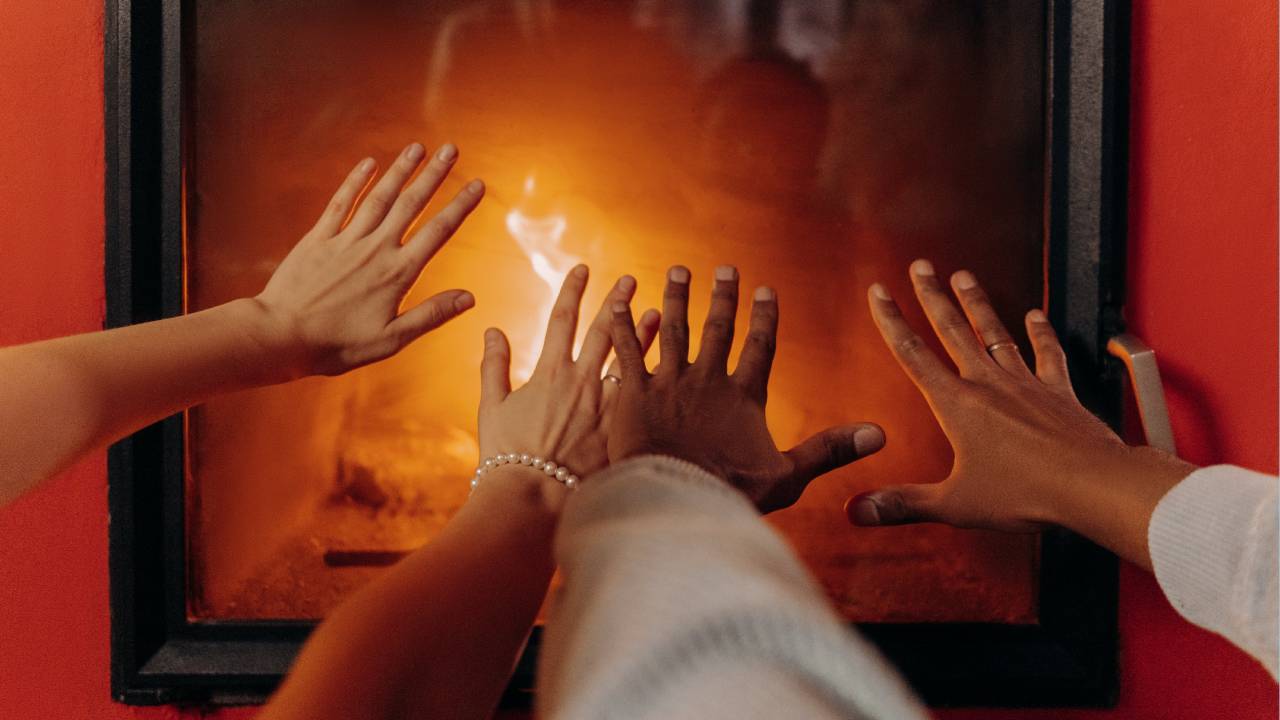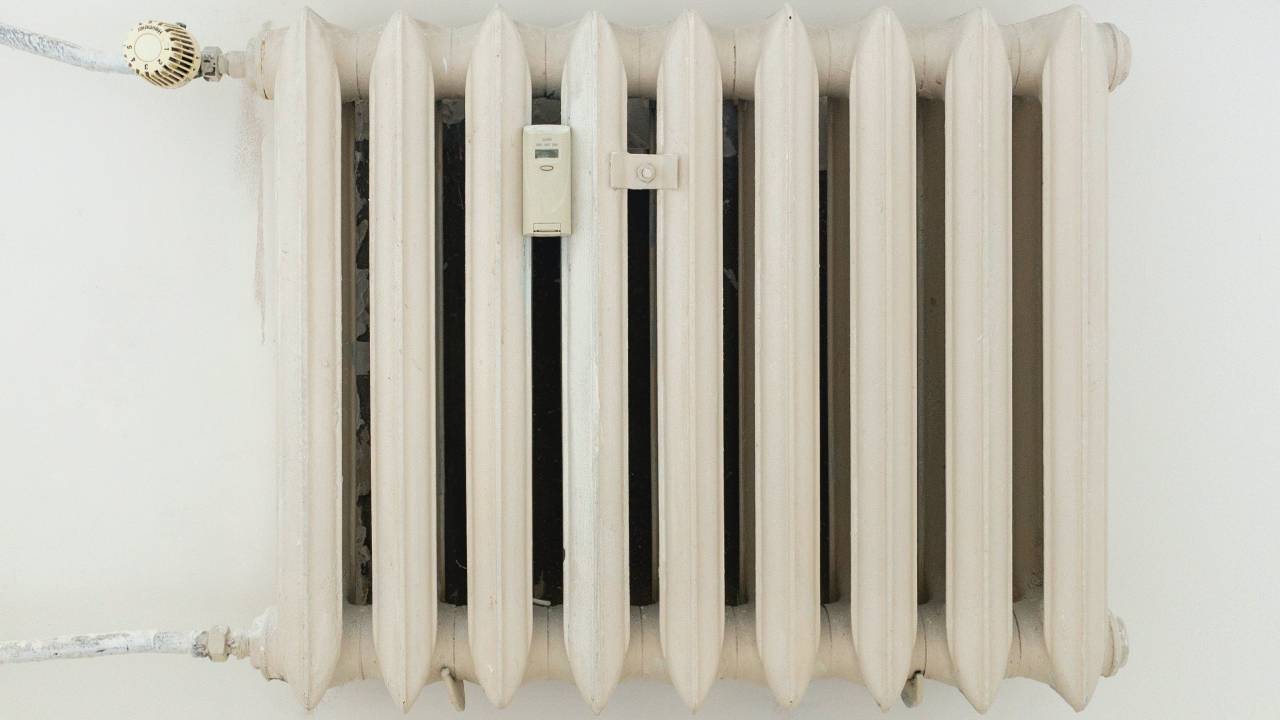7 ways to winter proof your home for warmer rooms and cheaper bills
Feeling the chill? Follow these seven tips to prepare your home for the winter


To quote from Game of Thrones, winter is coming! Before it starts to get too cold, wet and icy, now is the time to start winter proofing your home for the colder months of the year.
Winter proofing your home is an effective way to keep you warm during the colder months without racking up your energy bills too much. It can also help dispel dampness and protect different areas of your home from the cold wet weather so you don’t have bigger repair problems in the future.
If you’re already feeling the chill, this is your sign to winter proof your house and here are seven ways to do it.
1. Block draughts
Closing your windows and doors only keeps out some of the chill and wind, so the best way to shut it out completely is by blocking out the draughts. Underneath doors and around the corners of your window are prime places that let in the cold and allow the heat from your house to escape outside. To stop this, use draught excluders to block this out, or you can roll up a blanket and place it by your doors. For your windows, drawing the curtains or blinds can help, and if there are gaps around your windows, you can seal them using caulk, foam or DIY insulation kits.
2. Bleed your radiators
Bleeding your radiators helps get rid of any air pockets in the pipes. These air pockets stop hot water circulating around your central heating system, which not only puts a big strain on your heating but can cost you more money in the long run. A good way to tell if this has happened to your radiator is if it feels hot at the bottom but cool at the top and if it’s making strange banging noises. You should bleed your radiators twice a year, particularly when it begins to get cold.

3. Insulate your pipes
One of the 4 essential household checks you need to carry out this winter is checking your pipes. Depending on where your pipes are, they can be exposed and vulnerable to the cold which puts them in danger of freezing. Insulating your pipes helps prevent any freezing and stops your heating system overworking itself or letting heat escape. Pipe insulation can be found at most DIY and hardware stores and all you have to do is wrap them around your pipes to keep them warm.
4. Invest in a smart thermostat
The best smart thermostats are brilliant devices that you can use all year round to keep your home warm during the summer and cool during the winter. If you have yet to upgrade to a smart thermostat, now is the time to do so (particularly with the best Black Friday deals coming up!). A smart thermostat allows you to customise your heating quickly and easily via your smartphone, and it adjusts itself according to your schedule and the temperature in your home to help you save money. When you buy a smart thermostat, it’s also important to set it up in the right place, ideally in the most frequently used room and on an interior wall (this is a common smart thermostat mistake that can cost you!).
Get all the latest news, reviews, deals and buying guides on gorgeous tech, home and active products from the T3 experts
5. Buy a dehumidifier
As it’s cold during the winter, it’s tempting to have all your windows closed to keep the heat in. But your house needs constant ventilation and air flow to make sure the air you breathe is fresh and to prevent moisture build-up. When you have excess in the home, this can cause mould and damp which is why you need one of the best dehumidifiers. They improve the air quality of your home, and as people are less likely to dry clothes outside in the winter, a dehumidifier can help speed up this drying process and reduce dampness.

6. Clean the gutters
The last thing you’re probably thinking about when it’s cold is cleaning the gutters. However, rain water, leaves, moss and other debris can block your gutters which slow down the draining process and lead to blockages. A blocked gutter can also lead to damp inside your home, as well as household leaks and flooding. All you have to do is remove the leaves and any blockages to ensure everything drains properly and make sure the draining process is away from your house so it won’t drip down the exterior.
7. Protect your garden
It’s easy to forget about what’s happening to your furniture and appliances outside when you’re nice and warm inside. But to keep everything in tip top shape until you want to use it again in the spring, it’s important to protect your garden, patio or balcony. When the weather isn’t too wet, try to clear away leaves as soon as you can, cover furniture with tarps and where you can, put things into a shed for extra protection.

Beth is Home Editor for T3, looking after style, living and wellness. From the comfiest mattresses to strange things you can cook in an air fryer, Beth covers sleep, smart home, coffee machines, watches, grooming tools, fragrances, gardening and more.
In her spare time, Beth enjoys running, reading, baking and attempting craft projects that will probably end in disaster!